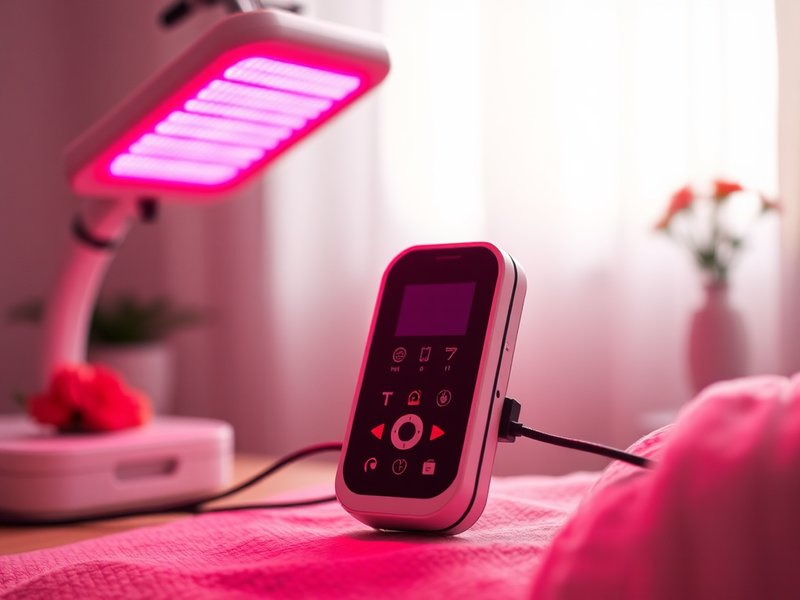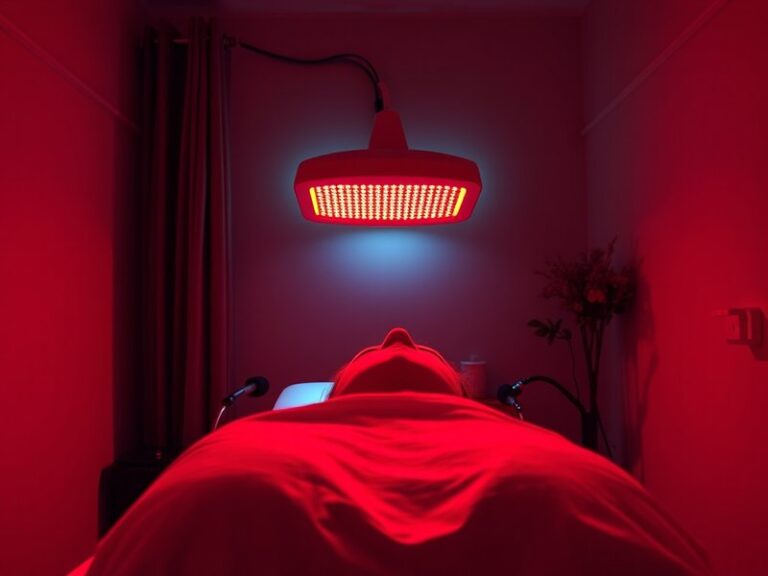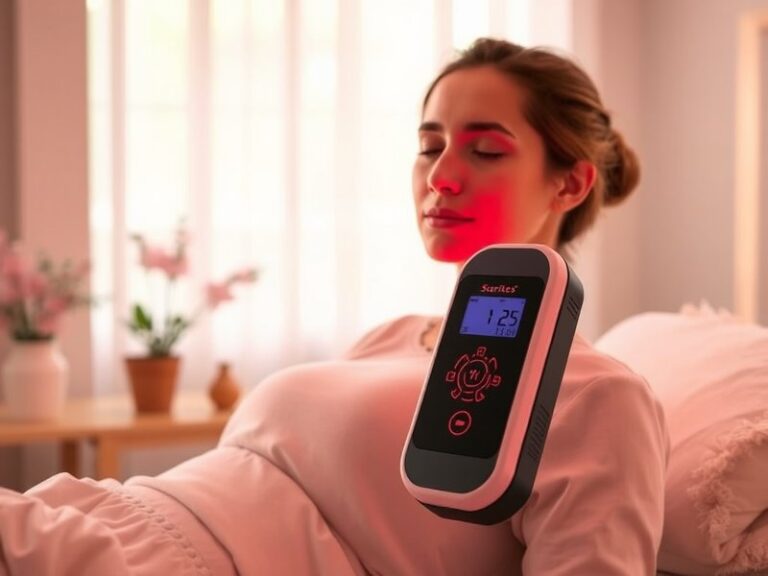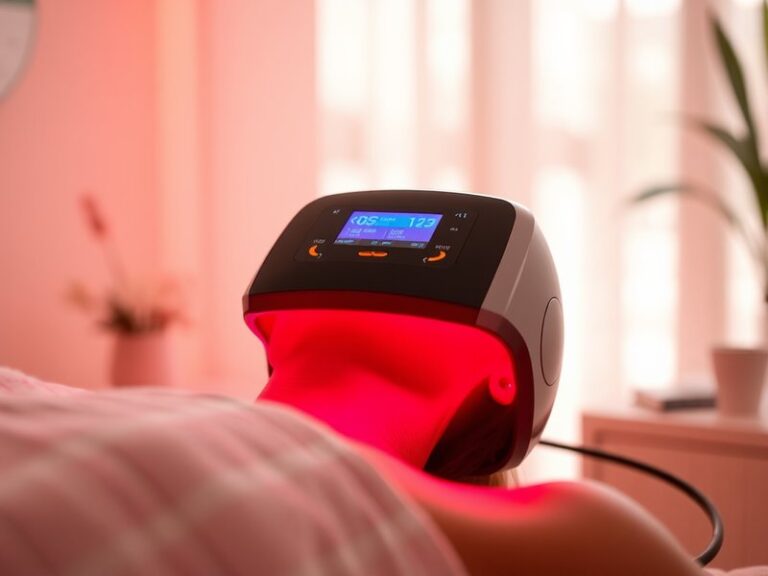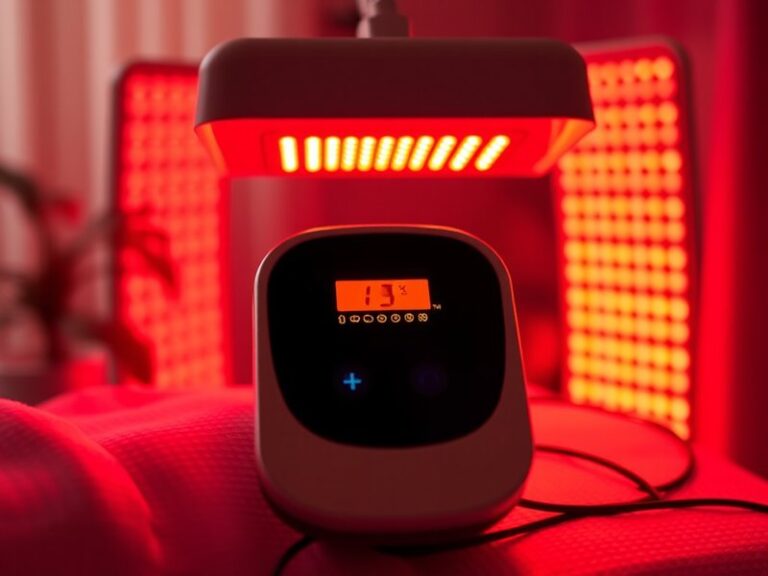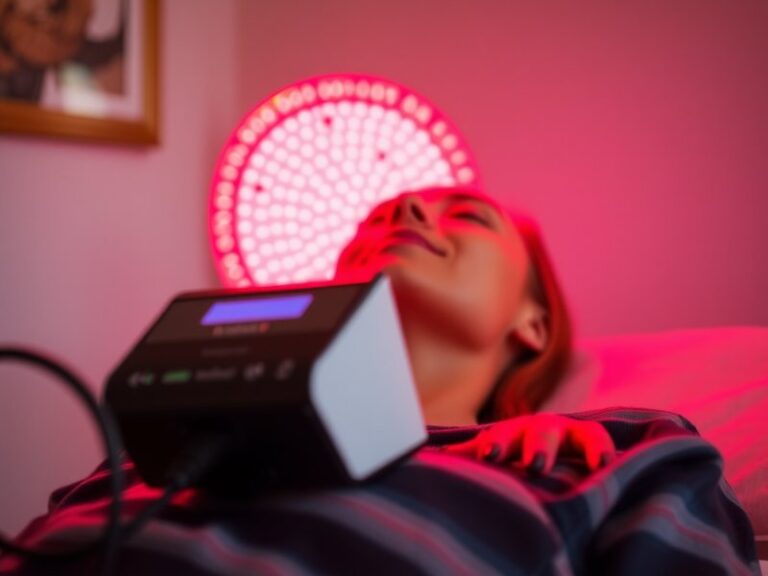How Long Are You Supposed To Do Red Light Therapy?
How Long Are You Supposed To Do Red Light Therapy?
Have you ever wondered about the correct duration for red light therapy sessions to maximize their benefits? With growing interest in this innovative treatment, many people are eager to know how long they should spend exercising this form of therapy for the best results.
This article aims to clarify the recommended duration for red light therapy, explaining its benefits, what factors to consider before starting, and what alternatives exist. By the end, you’ll have a clearer understanding of how long to engage in this rejuvenating practice and the factors that can influence your optimal session length.
Key Takeaways
- Red light therapy sessions typically last between 10 to 20 minutes, depending on the treatment area and device used.
- The frequency of sessions can vary based on personal goals, but many recommendations suggest 3-5 times per week for optimal results.
- Individual factors, such as skin type, the specific condition being treated, and the device’s intensity, can significantly influence session duration and frequency.
What is Red Light Therapy?
Red light therapy, also known as low-level laser therapy (LLLT) or photobiomodulation, involves the use of specific wavelengths of light that penetrate the skin, promoting healing and rejuvenation. This non-invasive treatment stimulates cellular repair and regeneration processes, making it popular for skincare, pain relief, and various therapeutic applications.
Common devices used include handheld lasers, panels, and LED lamps, each designed to deliver specific wavelengths of red or near-infrared light, ranging between 600 to 1000 nanometers.
Applications of Red Light Therapy
- Skin Rejuvenation: Helps improve skin tone, texture, and reduces wrinkles.
- Wound Healing: Supports tissue repair and accelerates recovery of injuries or surgical sites.
- Pain Reduction: Can alleviate chronic pain conditions, associated with muscle or joint aches.
What are the Benefits of Red Light Therapy?
Exploring the myriad benefits of red light therapy can illuminate why many individuals and practitioners are tapping into its potential healing properties.
Improved Skin Health
Red light therapy can significantly enhance skin appearance by increasing collagen production, which improves elasticity and reduces signs of aging. Patients often note a more youthful complexion and fewer blemishes after consistent use.
Enhanced Recovery and Healing
Many athletes and individuals recovering from surgery have found red light therapy to be effective in reducing inflammation and promoting muscle recovery. Users report less downtime and quicker healing times, which can be critical in competitive environments.
Pain Management
For those suffering from chronic pain conditions, red light therapy offers a promising non-drug alternative. Studies have indicated a reduction in pain levels for patients with conditions such as arthritis or fibromyalgia, leading to improved quality of life.
Mood Enhancement
Emerging research suggests that red light therapy might also help improve mood and lessen symptoms of depression or anxiety, thanks to its potential effects on biochemistry and cellular health.
Is it Possible to Overdo Red Light Therapy?
While red light therapy is generally safe, it is indeed possible to overdo it. Individuals may experience minor side effects such as skin irritation or fatigue if sessions are excessively prolonged.
What are the Advantages of Moderation?
Maintaining a balanced approach to red light therapy can maximize benefits while minimizing adverse effects. Longer sessions do not necessarily equate to better results; instead, moderation is key to maintaining skin integrity and overall well-being.
What are the Disadvantages of Overdoing it?
Overexposure can lead to diminishing returns. Potential downsides include skin inflammation or excessive fatigue, as the body may struggle to recover from too much light therapy.
What are the Things to Consider Before Starting Red Light Therapy?
Before embarking on a red light therapy regimen, several important factors should be considered to ensure safety and effectiveness.
Dive into Can Red Light Therapy Help Hypopigmentation?
Consultation with a Healthcare Provider
Before starting red light therapy, especially for therapeutic purposes, consulting a healthcare provider is crucial. They can help determine if this treatment is suitable for your specific conditions or skin type.
Device Quality and Wavelength
The type and quality of the device used can greatly affect outcomes. It’s vital to choose a device that emits the appropriate wavelengths for your therapy goals, and ensuring that it’s FDA-approved adds an extra layer of safety.
Personal Health Conditions
Consider any existing health conditions that may affect treatment. Conditions like photosensitivity or certain skin disorders may require caution or specific adjustments to your therapy plan.
What are the Alternatives to Red Light Therapy?
There are various alternatives available to those seeking therapeutic benefits beyond red light therapy.
See our guide on Can you overuse red light therapy?
Traditional Laser Treatments
While often more intensive and invasive than red light therapy, traditional laser treatments can offer similar skin rejuvenation benefits. They work by more aggressively targeting the skin, making them suitable for severe skin concerns.
LED Light Masks
Similar in concept to red light therapy, LED light masks can provide light therapy at home. They come in various colors (such as blue for acne and red for anti-aging) and can be an excellent alternative for individuals with a busy lifestyle.
Chemical Peels and Microdermabrasion
For skin rejuvenation, procedures like chemical peels and microdermabrasion chemically or physically exfoliate the skin, offering an alternative to those seeking improvement in skin texture and appearance.
Conclusion: Is it Recommended to Do Red Light Therapy?
Overall, red light therapy can be an effective and beneficial treatment for various conditions, from improving skin health to pain relief. It’s recommended to follow the guidelines concerning duration and frequency, typically 10 to 20 minutes per session, 3-5 times a week. Always consider individual factors and consult with healthcare professionals to tailor a regimen that meets your specific needs.
Frequently Asked Questions
How often should I do red light therapy?
Generally, it is suggested to engage in red light therapy sessions 3-5 times per week to achieve optimal results. However, this may vary based on individual goals and conditions.
Can I use red light therapy every day?
Yes, many people use red light therapy daily, but it’s essential to monitor your skin’s response and avoid overexposure. Moderation is key.
Is red light therapy safe for all skin types?
While red light therapy is considered safe for most skin types, those with particular skin conditions or concerns should consult with a healthcare provider before beginning treatment.
How long before I see results from red light therapy?
Depending on the condition being treated, some users may notice improvements within a few sessions, while others may require several weeks of consistent use to see significant changes.
Can I do red light therapy at home?
Yes, there are many home devices available for red light therapy. Ensure you select a high-quality device and follow the manufacturer’s guidelines for proper use.
